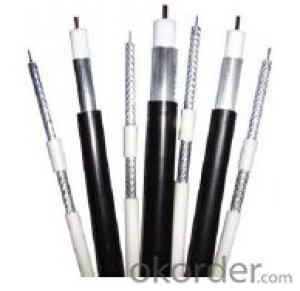EPS Foam Boards: A Widely Used Insulation Material
Hey there! Let’s dive into the world of insulation materials and explore one of the most widely used ones – EPS foam boards. These lightweight, versatile, and efficient insulators have become a staple in various industries for a multitude of applications. So, buckle up and get ready to learn some fascinating facts about EPS foam boards that you might not have known before!
The Basics of EPS Foam
EPS, which stands for Expanded Polystyrene, is a closed-cell foam material that’s made from the polymer polystyrene. It’s a process where the polystyrene beads are expanded with a special blowing agent, resulting in a low-density foam with a unique structure. This structure gives EPS foam its incredible insulating properties, making it an excellent choice for thermal insulation.
Why EPS Foam Boards are Awesome
EPS foam boards are not just any ordinary insulation material. They have several features that make them stand out from the crowd:
– Lightweight: They’re incredibly easy to handle and install, which saves time and effort during construction projects.
– Durability: EPS foam boards are resistant to moisture, making them a reliable long-term solution for insulation.
– Cost-Effective: They offer great value for money, providing efficient insulation at a relatively low cost.
– Environmentally Friendly: EPS foam is recyclable and has a lower carbon footprint compared to many other insulation materials.
– Versatility: They can be used in a wide range of applications, from construction and packaging to arts and crafts.
EPS Foam in Action
Let’s take a look at some of the places where EPS foam boards are making a difference:
– Building Insulation: EPS foam is a popular choice for wall, roof, and floor insulation due to its excellent thermal performance.
– Freeze Protection: In colder climates, EPS foam helps protect pipes and other structures from freezing.
– Cooling and Heating Systems: It’s used in refrigeration and HVAC systems to maintain optimal temperatures.
– Packaging: EPS foam is widely used for cushioning and protecting fragile items during shipping.
– Art and Crafts: Artists and hobbyists love EPS foam for its ease of carving and shaping.
The Science Behind EPS Foam’s Insulation Properties
The secret to EPS foam’s impressive insulation capabilities lies in its closed-cell structure. Each cell is filled with a gas that provides a thermal barrier, preventing heat from passing through. This results in a material with a low thermal conductivity, which is crucial for effective insulation.
The Environmental Impact of EPS Foam
While EPS foam is an excellent insulator, it’s also important to consider its environmental impact. Fortunately, EPS foam is recyclable, and many programs are in place to ensure it doesn’t end up in landfills. Additionally, its production process has a lower energy consumption compared to other insulation materials, making it a more sustainable choice.
The Future of EPS Foam Boards
As the world moves towards more sustainable and energy-efficient solutions, EPS foam boards are poised to play a significant role. With ongoing research and development, we can expect to see even better performance and more innovative uses for this versatile material in the future.
Wrapping Up
EPS foam boards are truly a wonder material with a wide range of applications. From keeping our homes warm and cozy to protecting our food during transport, these boards are an integral part of our daily lives. So next time you see EPS foam, take a moment to appreciate the hard work and innovation that goes into making this fantastic insulator.
Feel free to share your thoughts, experiences, or any cool projects you’ve done with EPS foam boards in the comments below. Let’s keep the conversation going and spread the word about the amazing world of EPS foam!

